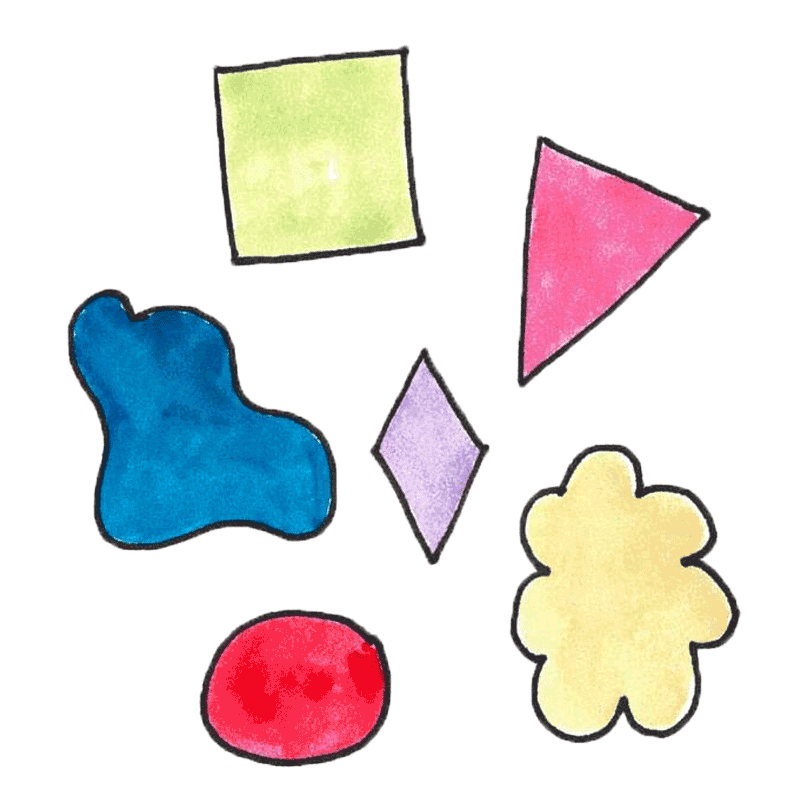This exploration is for all ages, as the colored smilies show. You can learn about shape, one of the elements of art, with your whole family together!



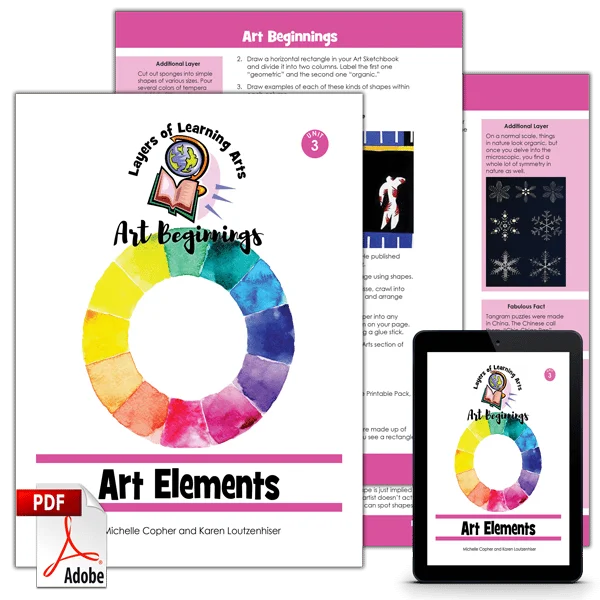
The shape art exploration is an art lesson and project to pair with Art Elements about line and shape in art. Layers of Learning has hands-on experiments in every unit of this family-friendly curriculum. Learn more about Layers of Learning.
There are six basic elements of art: line, shape, texture, form, color, and value. You can think of them as ingredients. The six elements are the ingredients that all art is made up of. Once we understand the ingredients, we can begin to see and discuss art in a whole new way.
Shape is an important element of art that allows us to talk about paintings and other art forms more expertly. Very simply put, shape is simply an enclosed line. If you draw any line and then enclose part of the space, you have formed a shape. All shapes are flat, or 2-dimensional. Some shapes are geometric and others are organic.
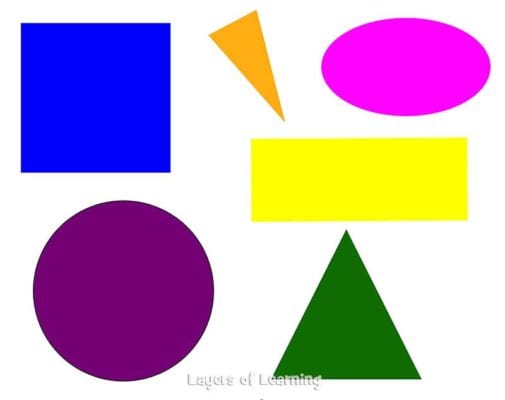
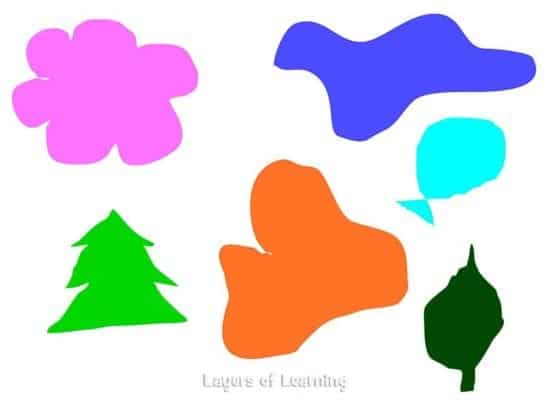
Organic shapes are more natural and irregular. Often they are just free form.
Step 1: Library Research
Before you begin exploring, read a book or two about shape. Here are some suggestions, but if you can’t find these, look for books at your library about shape and the other elements of art. The colored smilies above each book tell you what age level they’re recommended for.
As Amazon affiliates, the recommended books and products below kick back a tiny percentage of your purchase to us. It doesn’t affect your cost and it helps us run our website. We thank you!

The Pencil
by Allan Ahlberg

Step 2: Shape Exploration
For this exploration you’ll need posterboard, aluminum foil, thin cardboard or chipboard (cereal box or other food packaging cardboard works well), scissors, and glue. Optionally, you can also add color using tempera paints or permanent markers.
Begin by cutting out shapes, both organic and geometric, from poster board. As you create shapes, talk about which are organic and which are geometric. Arrange them however you’d like and then glue them to a piece of cardboard. Once they have adhered, spread a thin layer of glue over the top of the whole thing. Place a piece of foil over the entire surface, then press down along the lines of your shapes under the foil.
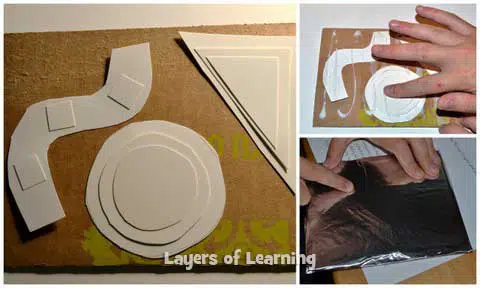
You will see your shapes appear in your foil art.
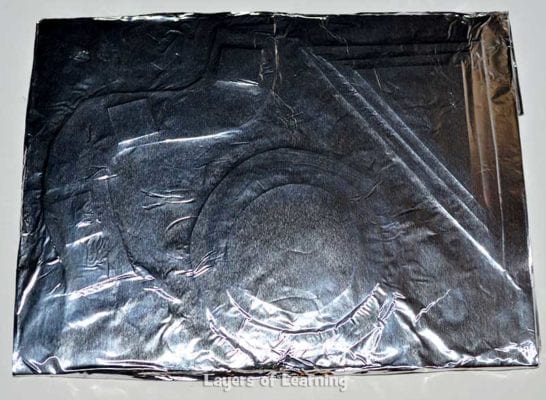
You can also paint foil and use sharpies on it, so if you’d like to add color to your foil shape art, go ahead. Go crazy with color.
Look at some of Piet Mondrian’s art online and see if you can spot some of the shapes from your art in Mondrian’s pieces. Mondrian often uses the element of shape very literally in his art. In particular, you can find many geometric squares and rectangles in his color block paintings.



For Older Kids:
For older kids, you can go on to explain that not all shape within art is as literal as Piet Mondrian’s or as the shape art you created. Sometimes you have to look more closely to spot implied shapes in paintings and other art.
Famous artists throughout time have used shape in all sorts of ways. Sometimes it’s very natural like the implied shape of a triangle you can see formed by Mary’s body in this painting called “Madonna and Child Under Apple Tree” by Lucas Cranach the Elder:
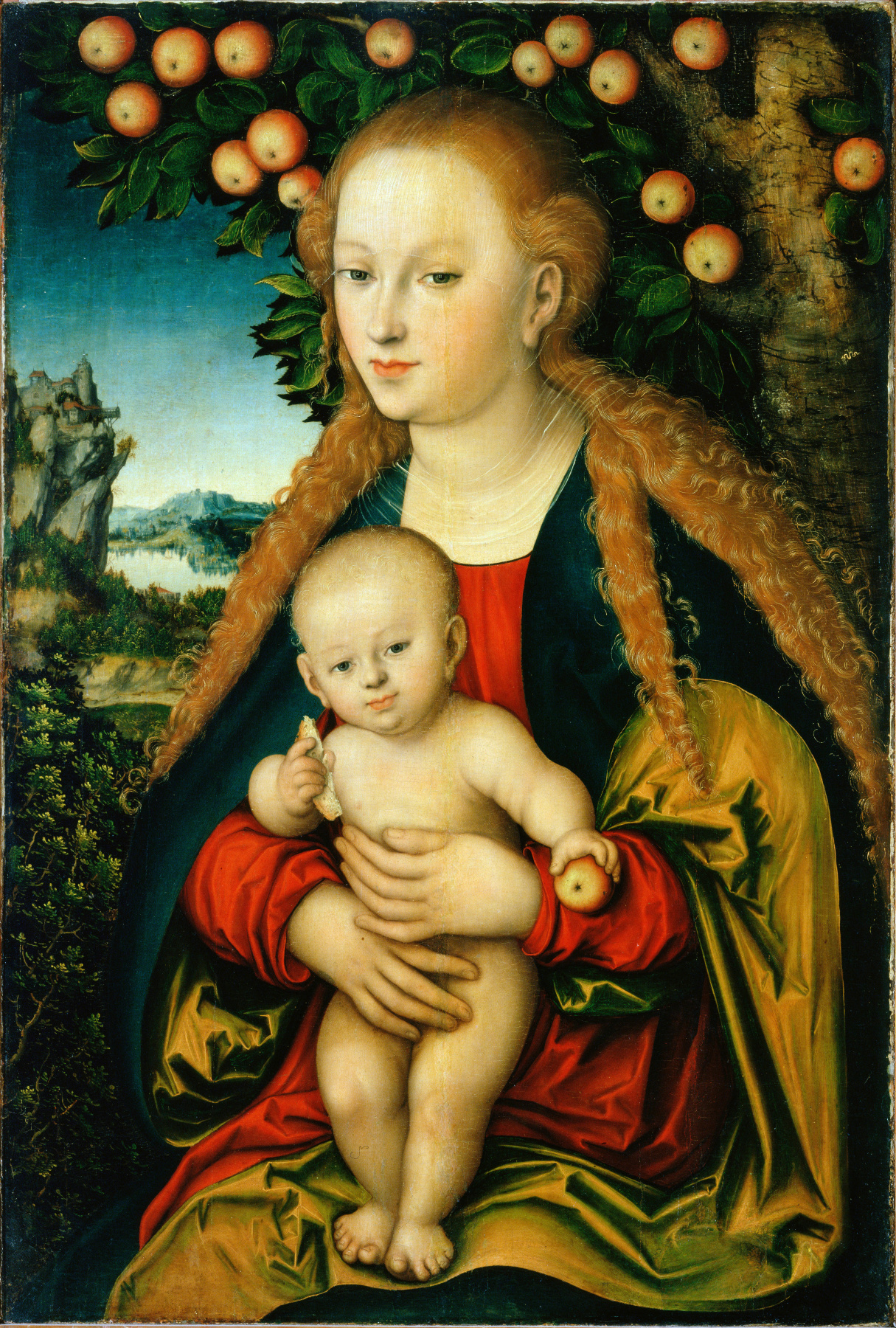
Step 3: Show What You Know
To show what you know about shape, look through an art book and spot some shapes within famous paintings. Along with showing off your own shape art to an audience, also show several other examples of shape from the art in the book. Trace your finger along the shapes you are showing and tell whether they are geometric or organic and literal or implied.
Additional Layers
Additional Layers are extra activities you can do or tangents you can take off on. You will find them in the sidebars of each Layers of Learning unit. They are optional, so just choose what interests you.
Expedition
Go for a walk and sketch things you see using basic shapes, both geometric and organic. Spot as many shapes as you can while you walk.
Additional Layer
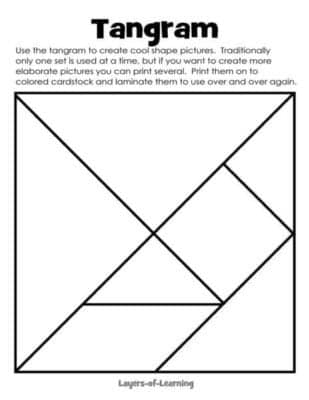
Play with tangrams to create pictures using basic shapes. Here is a printable set for you.
Writer’s Workshop
Draw these items using simple shapes in your sketchbook: a Ferris wheel, a house, a boat, a castle, a train.
Write about how simple shapes can make intricate pictures. For more inspiration about this, you can use a how-to-draw book or website that utilizes simple shapes to make complex drawings.
Free Samples
Try family-style homeschooling now with free samples of four Layers of Learning units when you subscribe. You'll get to try family-style history, geography, science, and arts with your children.
You can unsubscribe any time.


